Exploring One of the Deepest Ocean Trenches
Telepresence capability will bring mysteries of the deep to the computer screen
An international team of researchers led by deep-sea biologist Tim Shank of the Woods Hole Oceanographic Institution (WHOI) will use the world's only full-ocean depth, hybrid remotely operated vehicle, Nereus and other advanced technology to explore life in the depths of the Kermadec Trench.
The 40-day expedition, which begins on April 12, kicks off an ambitious three-year collaborative effort funded by the National Science Foundation (NSF). The goal of the project, known as Hadal Ecosystem Studies (HADES), is to conduct the first-ever systematic study of life in ocean trenches, comparing it to the neighboring abyssal plain—flat areas of the seafloor usually found at depths between 3,000 and 6,000 meters.
Due to the extreme pressures of these deep-sea environments and the technical challenges involved in reaching them, ocean trenches remain among the least explored environments on the planet.
"We know relatively little about life in our ocean trenches—the deepest marine habitat on Earth. We didn't have the technology to do these kind of detailed studies before," said Shank. "This will be a first-order look at community structure, adaptation, and evolution—how life exists in the trenches."
The multidisciplinary international science team includes NSF-funded co-principal investigators Jeff Drazen of the University of Hawaii (UH), and Paul Yancey of Whitman College (WC), and international collaborators Malcolm Clark and Ashley Rowden of the National Institute of Water and Atmospheric Research (NIWA) in New Zealand, Henry Ruhl of the National Oceanography Centre at the University of Southampton, Alan Jamieson, Daniel Mayor and Stuart Piertny of the University of Aberdeen (UA).
"The proposal to study the deep-sea environment as part of HADES was high-risk, but, we hope, also high-reward," added David Garrison, program director in NSF's Division of Ocean Sciences. "Through this exciting project, we may shine a light on the darkness in Earth's deep-ocean trenches, discovering surprising results all along the way."
Another goal of this project is to use telepresence technology aboard the R/V Thomas G. Thompson to allow the public to share in the discoveries during several live-streaming web events from the seafloor that will include narration from the science team. The scientists' work will also be chronicled in video, still images and regular blog updates on the expedition website: http://www.whoi.edu/hades/
The Kermadec Trench, off the northeastern tip of New Zealand's North Island, is the fifth deepest trench in the world with a maximum of depth of 10,047 meters (32,963 feet or 6.24 miles). It is also one of the coldest trenches due to the inflow of deep-water originating from Antarctica.
What marine animals live in the trench and how do they survive the crushing pressures found at that depth —about 15,000 pounds per square inch? These are some of the questions the science team will be trying to answer.
The scientists are hoping to conduct research at 15 stations as part of the expedition, including sites in shallow water for testing purposes, sites along the trench axis, and sites in the abyssal plain. At each site, the team will deploy free-falling, full-ocean depth, baited imaging landers (Hadal-lander) and elevators outfitted with experimental equipment, including respirometers to see how animal metabolisms function at such great depth and niskin water sampling bottles to investigate microbial activity at full-ocean water depths.
The team will use the deep-submergence vehicle, Nereus, which can remain deployed for up to 12 hours, to collect both biological and sediment samples. Nereus will stream imagery from its video camera to the ship via a fiber-optic filament about the width of human hair. This state of the art vehicle, developed by a team of engineers at WHOI, is the result of a combination of some of the greatest advances in technology and science, and has already dove successfully to the deepest part of the ocean—Challenger Deep in the Mariana Trench—on its first mission in May 2009.
This expedition will build on earlier studies of the Kermadec Trench by Alan Jamieson at UA’s Oceanlab and colleagues at NIWA and the University of Tokyo. Using the Hadal-lander, which was developed at Oceanlab, the team has documented new species of animals in the Kermadec and other trenches around the Pacific.
"To date, this method has been successful in observing the deepest fish ever seen alive," Jamieson said. "By combining WHOI's HROV Nereus with Oceanlab's Hadal-Lander technology, the team have the best available technology at their disposal."
Once thought to be devoid of life, trenches may actually be home to many unique species. For one reason, there is growing evidence that food is plentiful there. While it is still unclear why, organic material in the ocean may be transported by currents and deposited into the trenches.
In addition to looking at how food supply varies at different depths, the research team will be investigating the role that energy demand and metabolic rates of trench organisms play in community structure and how these biological systems differ from their shallow water relatives.
"The energy requirements of hadal animals have never been measured before," said Jeffrey Drazen from UH, who will lead the efforts to study distribution of food supply and the energetic demands of the trench organisms.
Exactly how animals in the trench evolved to withstand the pressures is not completely known, but Shank's objective will be to compare the genomes of trench animals to piece together how they have evolved to live successfully in trenches. "Our challenge is to determine whether life in the trenches holds novel evolutionary pathways that are distinct from others in the ocean," he said.
Hydrostatic pressure, which at depths found in ocean trenches can be up to 1,100 times that at the surface, is known to inhibit the activity of certain proteins. Paul Yancey from Whitman College will be investigating the role that piezolytes—small molecules that protect proteins from pressure— play in the adaptation of trench animals. The use of piezolytes, which was developed and discovered by Yancey and his students, is a novel hypothesis and attempts to explain previous findings that not all deep-sea proteins are able to evolve resistance to pressure within their structures.
"We are trying to discover how life can function under massive pressures in the hadal zones. This is incredibly important because pressure might very well be the primary factor determining what species are able to live in these extreme environments," Yancey said.
In addition to deep-sea life with novel adaptations, there is also evidence to suggest that trenches act as carbon sinks, making the research also relevant to climate change studies. The V-shaped topography along trench axes funnels resources—including surface-derived organic carbon—downwards.
"The bulk of our knowledge of trenches is only from snapshot visits using mostly trawls and camera landers," Shank said. "Only detailed systematic studies will advance our biological understanding and also reveal the role trenches may play as the final location of where most of the carbon and other chemicals get sequestered in our ocean, which ultimately impacts the global carbon budget and climate."
"That's what makes this project so exciting," he added. "This work will provide great insight into our understanding about life on Earth. This type of research simply wouldn't happen without support from the National Science Foundation."
whoi.edu




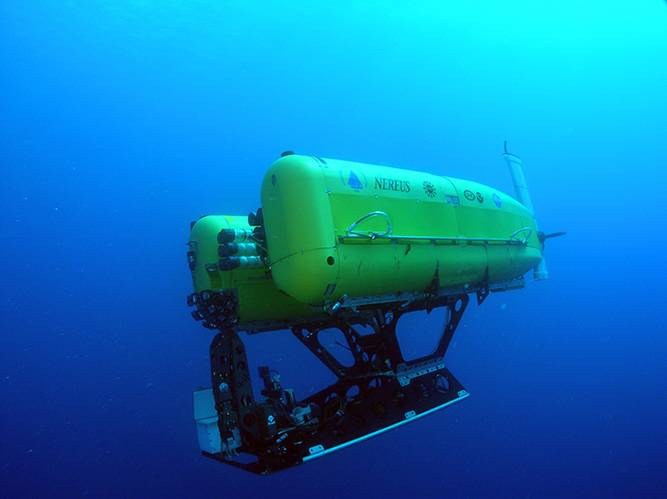
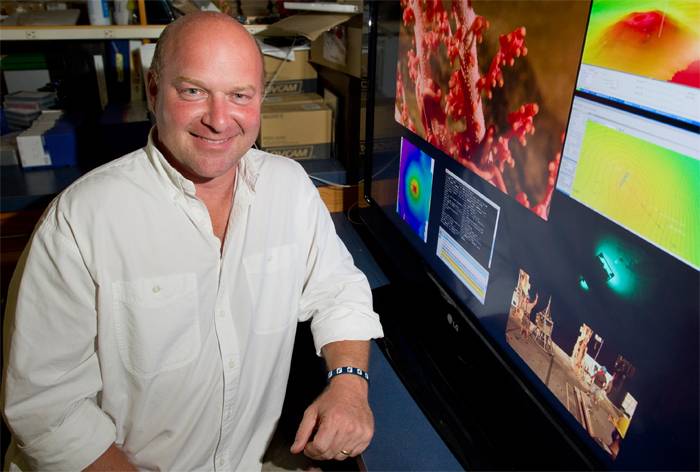
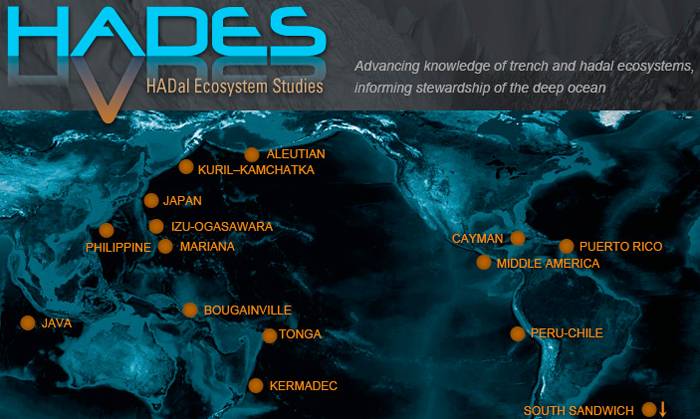

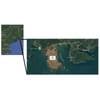
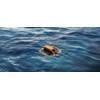

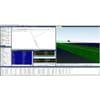
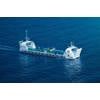







 August 2025
August 2025



